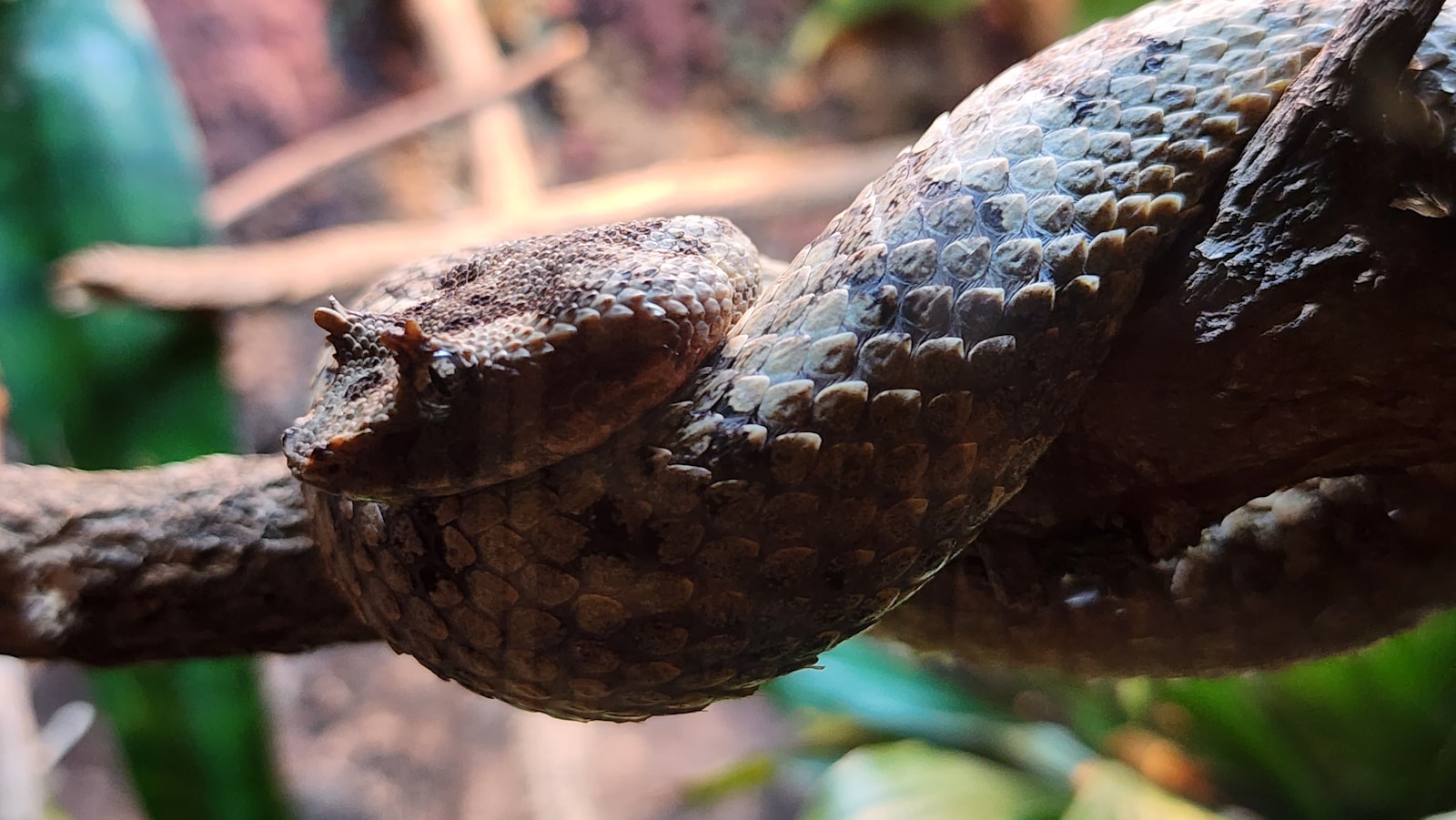When we think about sunburn, we typically picture humans with painful red skin after a long day at the beach. But what about our reptilian friends? Snakes, with their scaly bodies and often sun-loving behaviors, might seem immune to the sun’s harmful rays. However, the answer to whether snakes can get sunburned isn’t as straightforward as you might think. This comprehensive guide explores the fascinating relationship between snakes and sun exposure, offering valuable insights for both pet owners and wildlife enthusiasts alike.
The Anatomy of Snake Skin
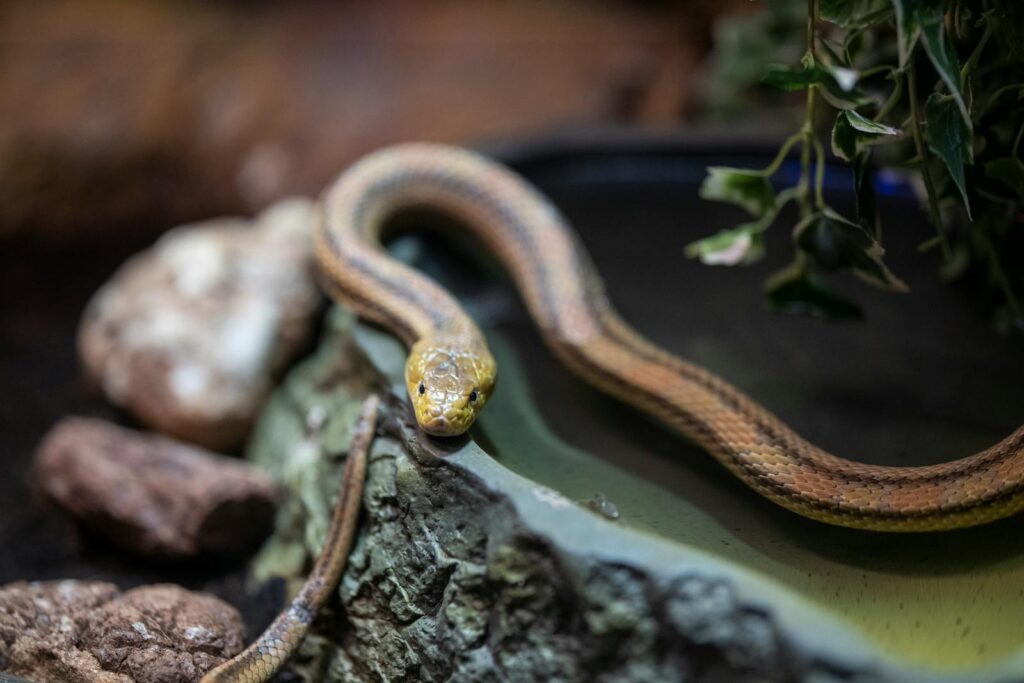
Snake skin differs significantly from human skin in structure and function. Unlike our skin, snakes are covered in overlapping scales made of keratin, the same protein found in human fingernails. These scales create a protective barrier that shields the snake from various environmental threats. Beneath these scales lies a layer of skin that contains pigmentation and undergoes regular shedding as the snake grows. This unique anatomical feature provides snakes with natural protection against many environmental hazards, including limited protection from UV radiation. However, this protection isn’t absolute, and understanding its limitations is crucial for proper snake care.
Can Snakes Actually Get Sunburned?
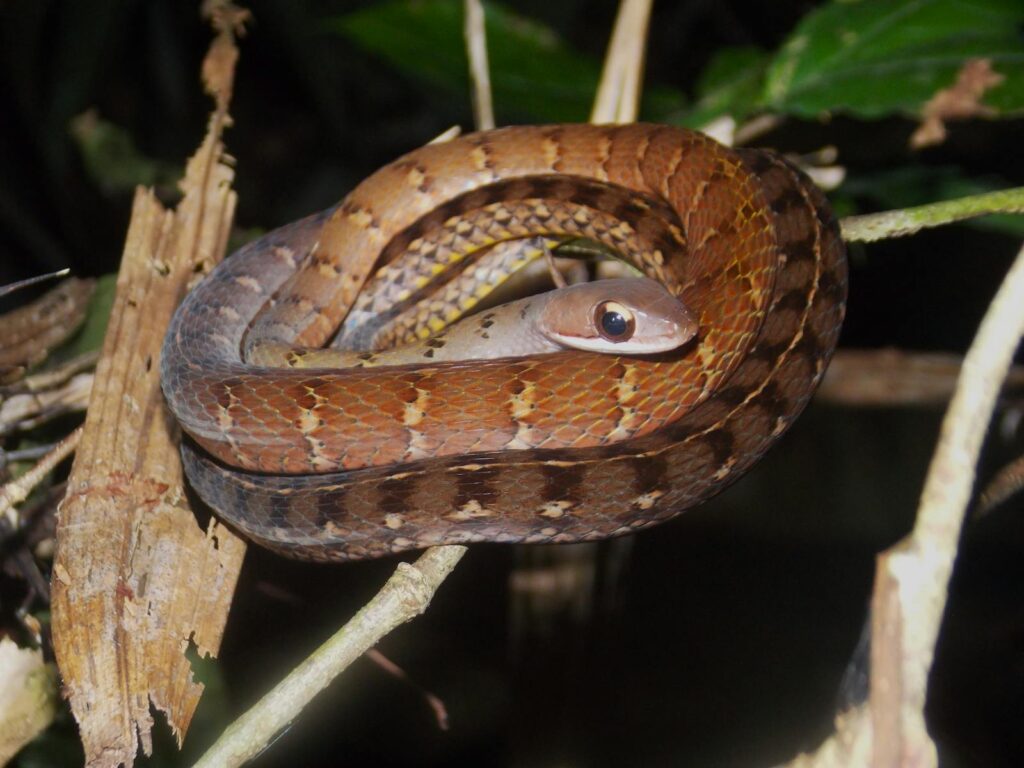
Yes, despite their protective scales, snakes can indeed experience sunburn. While their scales offer some defense against UV radiation, prolonged or intense exposure to sunlight can damage the skin beneath the scales, particularly in areas where scales might be thinner or damaged. Sunburn in snakes typically manifests as discoloration, inflammation, or even blistering in severe cases. Albino or light-colored morphs are especially vulnerable to sun damage due to their reduced melanin, which normally provides some UV protection. Captive snakes that haven’t developed natural tolerances to sunlight can be particularly susceptible to sunburn when suddenly exposed to direct sunlight.
Signs and Symptoms of Sunburn in Snakes
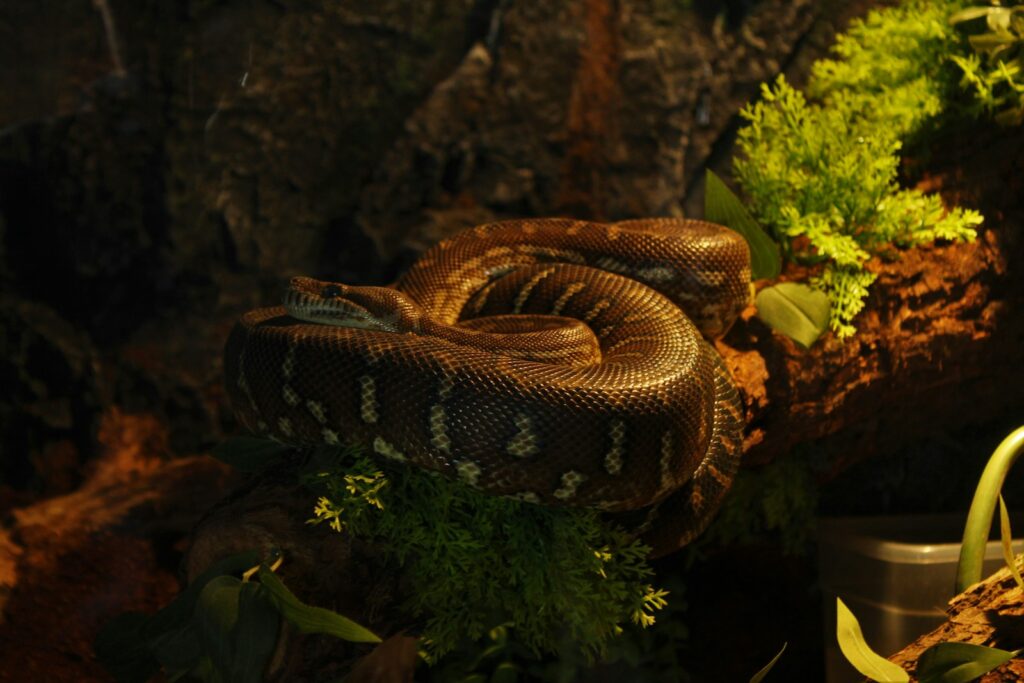
Identifying sunburn in snakes requires careful observation as symptoms may not be immediately obvious. The most common signs include redness or discoloration of scales, particularly on the dorsal (back) area that receives the most sun exposure. You might notice your snake exhibiting unusual behavior such as hiding more frequently, showing discomfort when handled, or rubbing against surfaces attempting to relieve irritation. In severe cases, you might observe peeling, flaking scales outside of normal shedding periods or even blisters forming under transparent scales. Some sunburned snakes may also become more lethargic or show decreased appetite as they cope with the discomfort of their burns.
Species Most Vulnerable to Sunburn
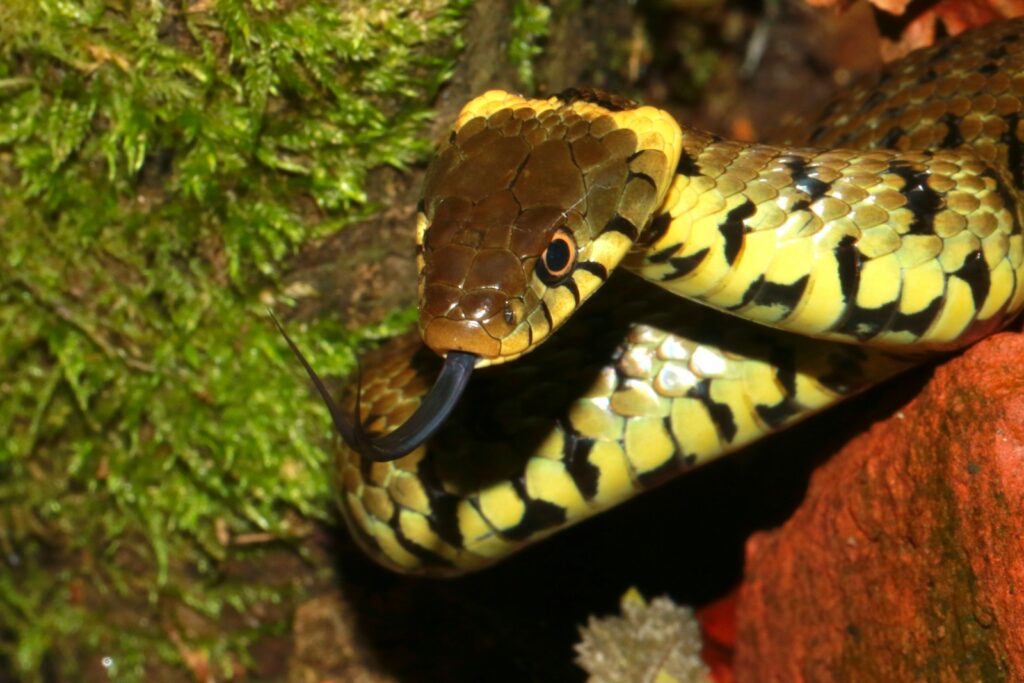
Not all snake species share the same risk level when it comes to sun damage. Albino morphs of any species are particularly susceptible due to their lack of protective melanin, which would normally absorb some harmful UV radiation. Similarly, leucistic (white) and amelanistic (lacking black pigment) snakes face higher risks of sunburn due to their reduced natural protection. Desert-dwelling species like certain rattlesnakes have evolved thicker scales and behavioral adaptations to mitigate sun exposure, making them somewhat more resistant than tropical forest species that naturally receive filtered sunlight. Additionally, aquatic and semi-aquatic species like water snakes may have less natural tolerance to direct sunlight since they spend significant time in water, which filters UV rays.
Natural Sun Protection Mechanisms in Snakes
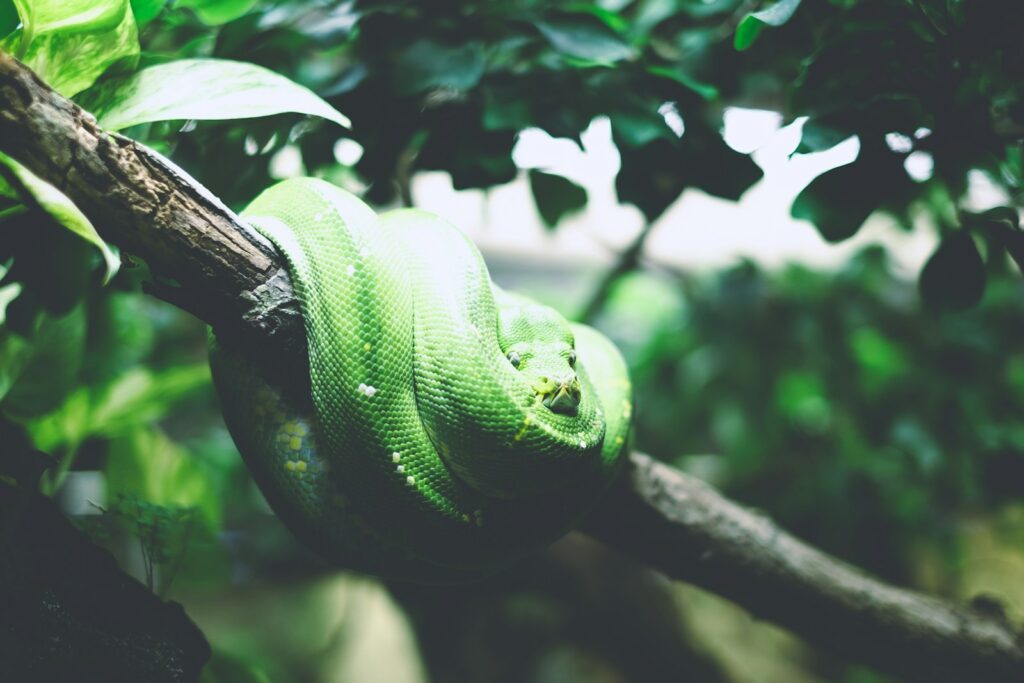
Snakes have evolved various strategies to protect themselves from excessive sun exposure in the wild. Most importantly, they exhibit thermoregulatory behaviors, moving between sunny and shaded areas to maintain optimal body temperature without overexposure. Many species are crepuscular or nocturnal, being active primarily during dawn, dusk, or night hours when UV radiation is minimal. In addition to their scales’ protective properties, snakes often have pigmentation that provides some natural UV protection. Desert-dwelling species may have evolved specialized scales that reflect more sunlight or contain additional protective compounds. These natural mechanisms highlight the importance of allowing captive snakes to engage in natural behaviors that help them avoid sun damage.
The Difference Between Basking and Overexposure
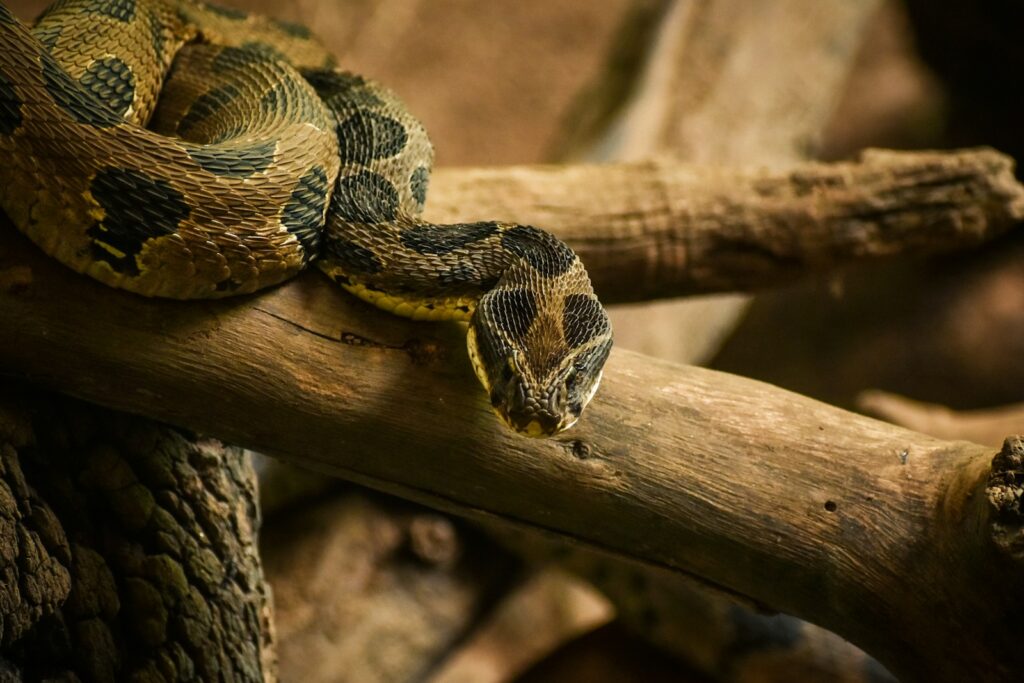
Understanding the distinction between healthy basking and harmful sun overexposure is critical for snake owners. Basking is a natural behavior where snakes absorb heat from the sun to regulate their body temperature, which is essential for digestion, immune function, and overall health. This controlled exposure typically involves moving between sun and shade as needed. Overexposure, on the other hand, occurs when a snake cannot escape direct sunlight, often resulting in overly elevated body temperatures and potential UV damage to tissues. In captivity, this commonly happens when terrariums are placed in direct sunlight without adequate shade options, essentially trapping the snake in a greenhouse-like environment. Providing a proper thermal gradient with both warm and cool areas allows snakes to self-regulate their exposure effectively.
How to Prevent Sunburn in Pet Snakes
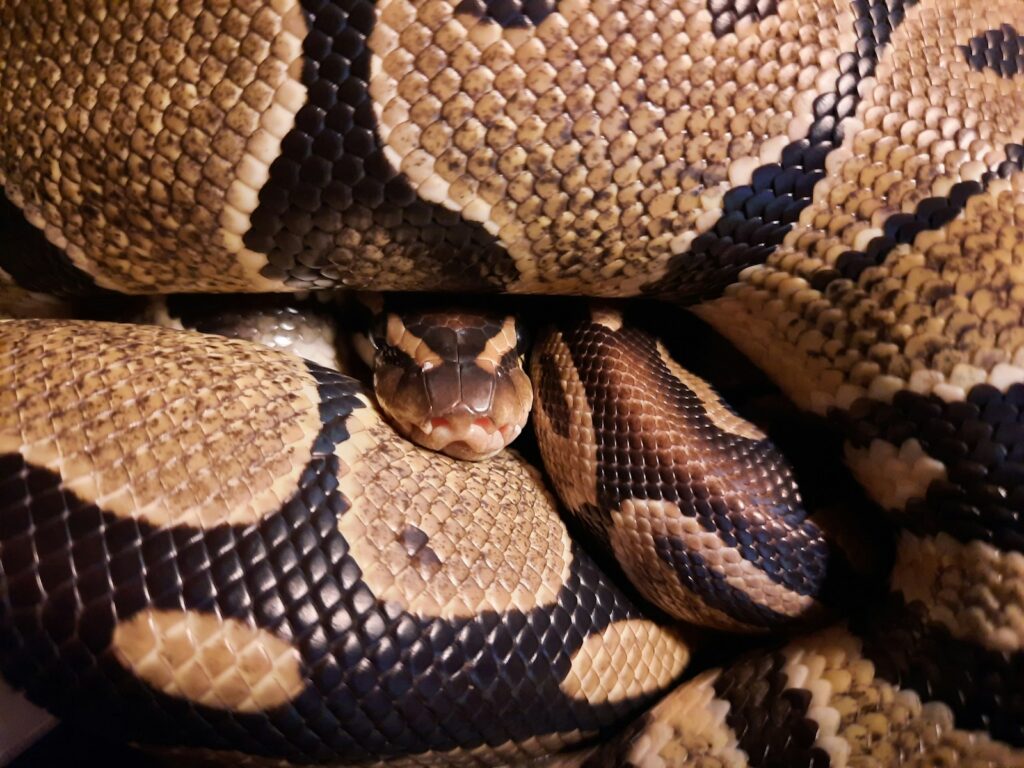
Protecting pet snakes from sunburn requires thoughtful habitat design and placement. Never place a snake’s enclosure in direct sunlight without shade options, as glass and plastic can amplify heat and UV exposure, creating dangerous conditions. Instead, provide artificial heat sources like properly installed heating pads or ceramic heat emitters that offer warmth without harmful UV radiation. If using UVB lighting, which can benefit some species, ensure it’s appropriate for your specific snake species and installed at the manufacturer’s recommended distance. Always create a proper thermal gradient in the enclosure with distinct warm and cool zones so your snake can regulate its temperature naturally. For particularly vulnerable morphs like albinos, consider using lower intensity UVB bulbs and providing extra hiding spots throughout the enclosure.
Treating Sunburned Snakes

If you suspect your snake has suffered sunburn, prompt veterinary attention is essential, as reptile skin injuries can quickly lead to infections. While awaiting veterinary care, move the snake to a clean enclosure with appropriate temperature but away from all UV light sources to prevent further damage. Maintain proper humidity to help the skin heal and reduce discomfort. Never apply human sunburn remedies like aloe vera without veterinary approval, as some products may contain ingredients toxic to reptiles or might be absorbed differently through reptile skin. A qualified exotic veterinarian might prescribe topical treatments specifically formulated for reptiles, systemic pain relief, or antibiotics if secondary infections have developed. Recovery time varies depending on severity, but proper veterinary care significantly improves outcomes.
The Impact of Artificial UVB Lighting

Artificial UVB lighting presents both benefits and risks for captive snakes. While some diurnal species benefit from appropriate UVB exposure for vitamin D synthesis and calcium metabolism, excessive or improper UVB lighting can cause sunburn-like damage. When using UVB lighting, it’s crucial to select the correct spectrum and intensity for your specific snake species—desert species may tolerate higher UVB levels than tropical forest dwellers. Always follow manufacturer guidelines for bulb placement and distance, typically keeping UVB sources at least 12 inches from where the snake can position itself. Replace UVB bulbs according to manufacturer recommendations, even if they still emit visible light, as their UVB output diminishes over time. Providing adequate hiding spots and shade allows snakes to self-regulate their UVB exposure, mimicking their natural behaviors.
Seasonal Considerations for Snake Sun Exposure

The risk of sunburn in snakes varies throughout the year, with certain seasons presenting higher dangers. Summer months bring the most intense UV radiation, requiring extra vigilance for both wild and captive snakes. Even during winter, snakes can still experience sunburn, particularly in regions with high altitude or reflective snow that can intensify UV rays. Spring presents unique challenges as many snakes become more active after brumation (a hibernation-like state) and may seek excessive sun to warm up after months of cooler temperatures. For pet owners, seasonal adjustments might include reducing artificial UVB intensity during summer months or adjusting the positioning of heat lamps to prevent overexposure. Wild snakes naturally adjust their behavior seasonally, often becoming more nocturnal during extreme heat to avoid sun damage.
Sunburn Risks During Transportation
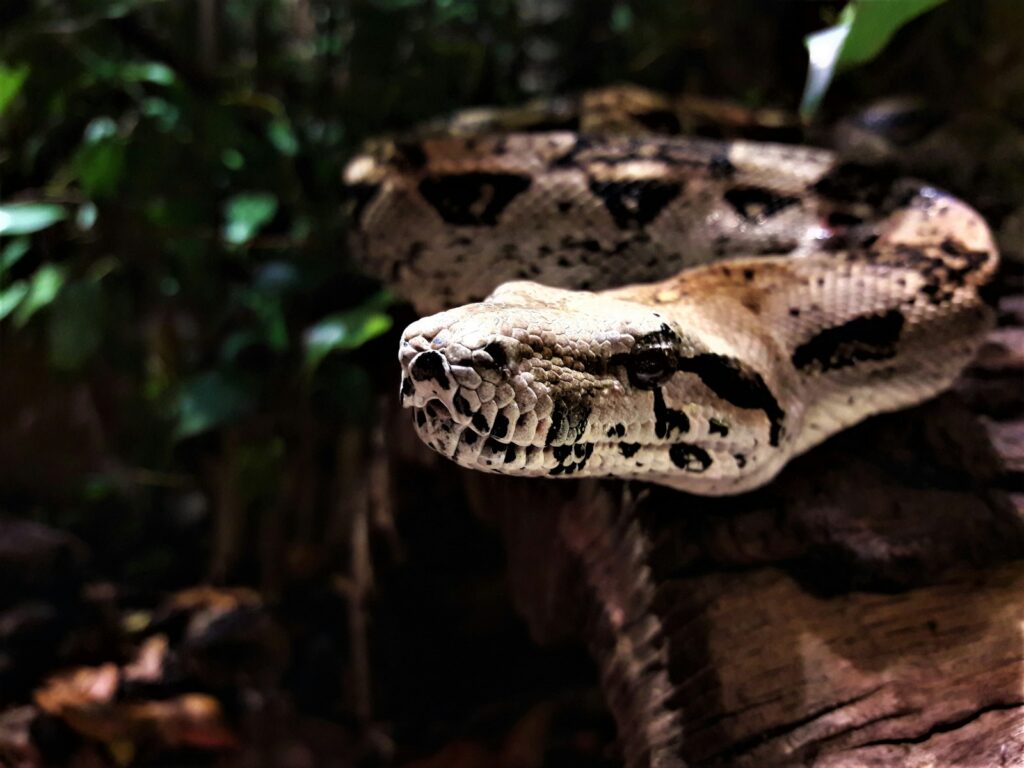
Transporting snakes presents significant sunburn risks that owners might not anticipate. When moving snakes in vehicles, containers placed near windows receive direct sunlight that can rapidly intensify through glass, creating dangerous conditions within minutes. This greenhouse effect can cause both overheating and UV damage simultaneously, potentially resulting in severe injury or death. Always transport snakes in opaque containers with adequate ventilation, keeping them out of direct sunlight completely. For longer journeys, consider insulated containers that maintain stable temperatures and block all UV radiation. When temporarily housing snakes outdoors during shows, exhibitions, or while cleaning their primary enclosure, always provide substantial shade and avoid peak sunlight hours between 10 AM and 4 PM when UV intensity is highest.
Common Misconceptions About Snakes and Sun Exposure
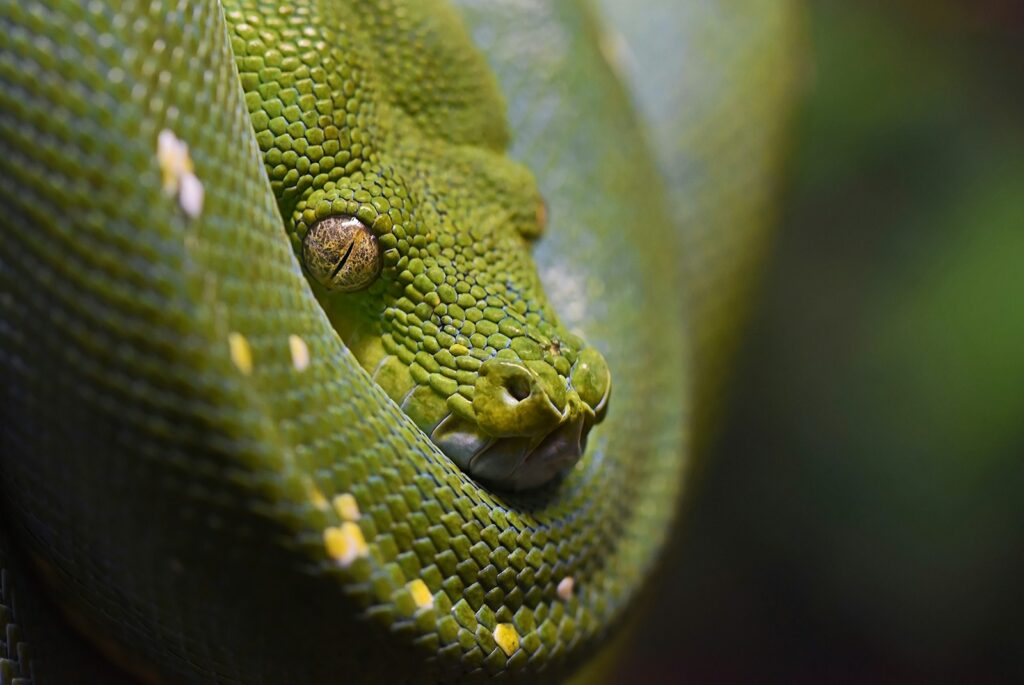
Several prevalent myths about snakes and sunlight can lead to improper care. Perhaps the most dangerous misconception is that all snakes thrive in hot, sunny environments simply because some species inhabit desert regions—in reality, even desert snakes avoid direct sunlight during the hottest parts of the day by seeking shelter underground. Another common misunderstanding is that the shedding process “refreshes” a snake’s UV protection; however, while shedding removes damaged scales, the new scales are initially more vulnerable until they fully harden. Some owners incorrectly believe captive-bred snakes have the same sun tolerance as their wild counterparts, but captive snakes raised without UV exposure may lack the adaptive responses that wild snakes develop throughout their lives. Understanding these misconceptions helps prevent unintentional harm to captive snakes through inappropriate sun exposure.
Conservation Implications of Sun Exposure

Climate change and habitat loss have significant implications for wild snakes’ sun exposure and potential for sunburn. As global temperatures rise and extreme heat events become more common, snakes may face challenges finding adequate shelter from intense sunlight, particularly in areas affected by deforestation or desertification. Human development often fragments habitats, forcing snakes to cross open areas with little shade, increasing their risk of overexposure. Additionally, some conservation efforts involve relocating snakes to new areas, where they may not immediately recognize appropriate shelter options, temporarily increasing their sunburn risk. Conservation strategies increasingly consider these factors, working to preserve or create microhabitats that provide adequate shelter and thermal gradients. Understanding how sun exposure affects different snake species helps inform habitat management and conservation planning to protect these important reptilian predators.
Understanding the potential for sunburn in snakes enhances our ability to care for these fascinating reptiles. While their scales provide some protection, snakes—especially certain species and color morphs—remain vulnerable to UV damage. By recognizing the signs of sunburn, implementing preventative measures, and responding appropriately when issues arise, we can ensure the health and wellbeing of both captive and wild snake populations. Whether you’re a dedicated herpetoculturist or simply a nature enthusiast, this knowledge contributes to better reptile care and conservation practices. Remember that respecting a snake’s natural behaviors and environmental needs is the best way to prevent sun-related health issues and promote their overall wellbeing.

